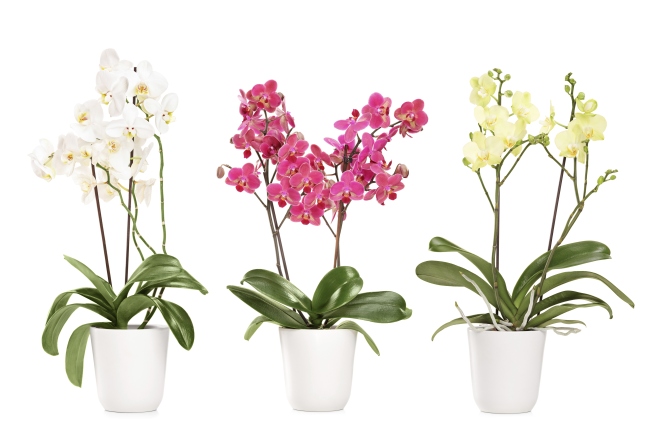
Orchids are gorgeous and colorful flowers that can add a splash of life to any environment. They can be set in any part of the home, but, like most house plants, they should be properly cared for to ensure that they bloom and flourish. No matter how inexperienced you may be when it comes to caring for plants, keeping some of the following tips in mind will ensure that your orchid grows.
Natural Growing Conditions
All flowers are successfully grown when they are placed in environments that successfully duplicate their natural growing conditions. Orchids are no different. They are classified as epiphytes, which means that they grow on objects, clinging to stone, bark, and any number of other fixtures. They thrive when they are set in strong light, but owners should avoid the direct heat of late afternoon sunlight. They enjoy high humidity and require plenty of air flow between their roots. They also need to experience regular drying periods, alternated with drenching rain periods, with temperatures that can range between fifty and eighty five degrees. If you can create such an environment in your home, your orchids will flourish successfully.
Potted Orchids
Most potted orchids, however, are restricted in terms of air flow for their roots. This means that they will develop rot and eventually die when they cannot get the air they need. Repotting, however, extends the life of your orchid, and the first thing that you need to do is enjoy the bloom. Once it is done, cut the dead flower spike and repot the plant again into a specific orchid pot. Caring for your orchid can be as simple as keeping the ideal environment consistent. Water it heavily during the summer and let the water drench the roots. Keep your plant warm in the winter, and water it only once every month or so. Mist it for hydration, and stay away from fertilizers.
By following these tips, you can expect to enjoy a healthy and thriving orchid in no time at all. They can be a tricky plant to take care of at first, but with a developed routine, a large part of the care process is already simplified.
